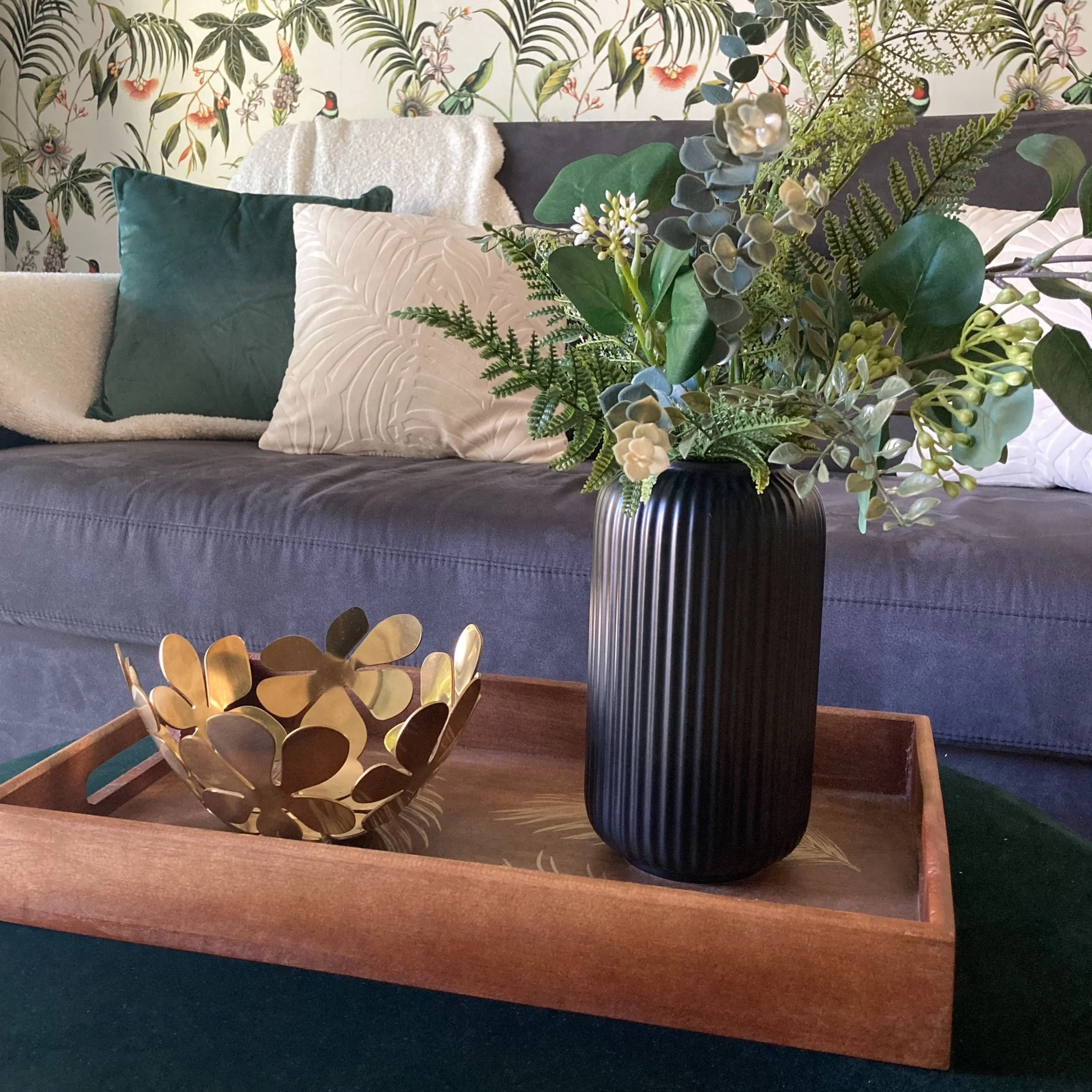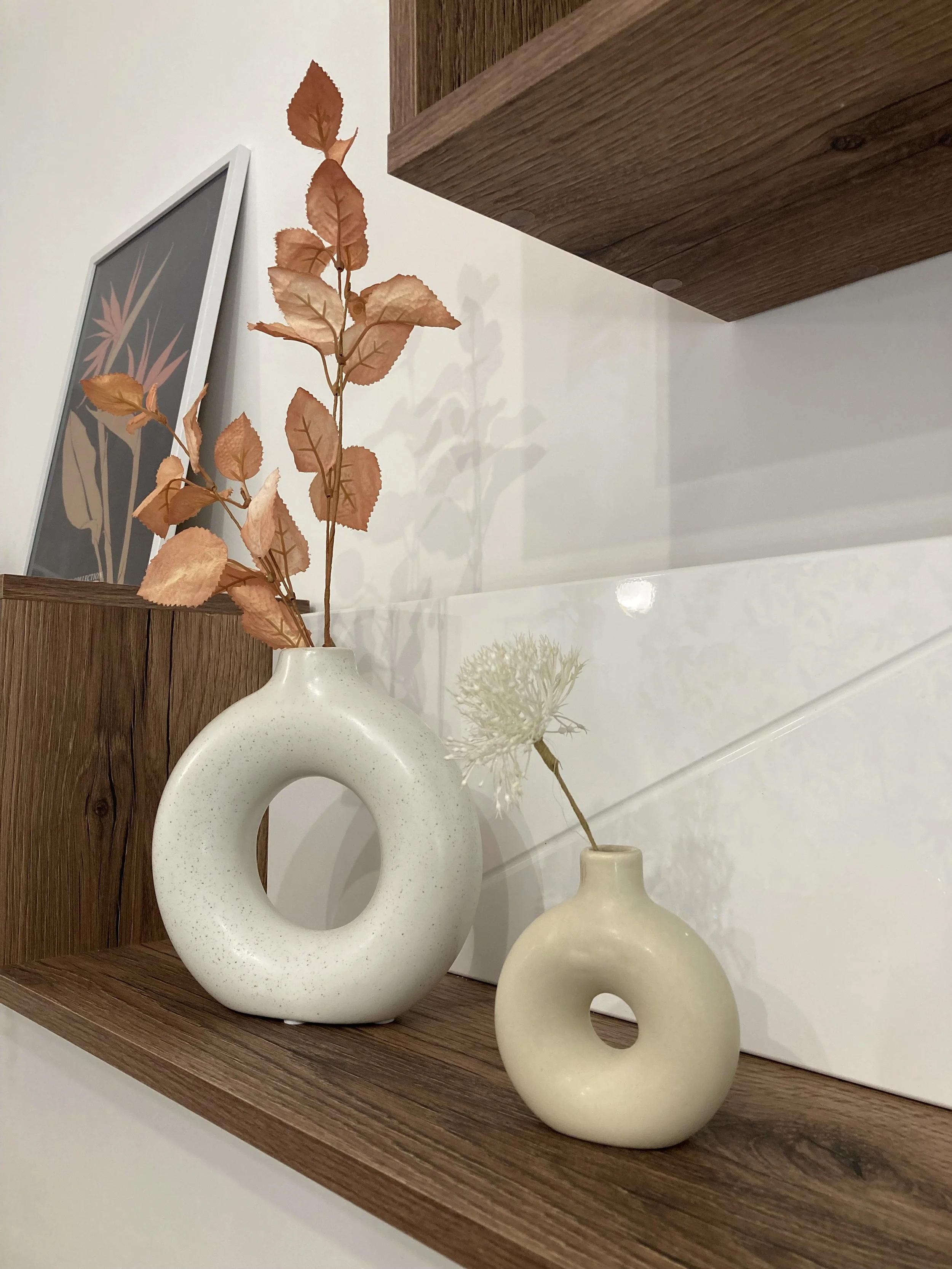Tips on Navigating Design Disagreements: Keeping Love and Harmony in Your Home
In ideal World your parter should see what you see and he should agree on everything because “it will look good”. If this is the case, that’s great, one less obsticle to tackle. But couples often find themselves at odds when it comes to interior design decisions. Disagreements over colour palettes, furniture choices, and overall aesthetic can quickly escalate into full-blown arguments. I believe that finding common ground is always possible. Here are some tips that you can use in these disagreements.
1. Communication is Key:
www.anitainteriordesing.co.uk
Truly listen to your partner's perspective. Understand their reasoning and acknowledge their feelings. Instead of "You always..." try "I feel..." sentences. This encourages open and honest communication without placing blame. We all know that compromise is essential in a relationship, so be willing to bend on some points to find a solution that satisfies both of you.
You can try different Compromise Techniques:
The "One for You, One for Me" Method: Alternate who gets to choose a key element, such as the sofa or the rug.
The "Split the Difference" Method: If you disagree on a colour, consider a compromise colour that falls somewhere in the middle.
The "Third Option" Method: Explore alternative options that neither of you initially considered, perhaps a completely different style or approach.
2. Finding Common Ground:
Spend time together browsing design magazines, visiting showrooms, and creating mood boards. This collaborative process can spark new ideas and foster a sense of shared ownership.
Focus on the underlying values behind your design preferences. Are you both drawn to comfort? Simplicity? Sustainability? Identifying shared values can help you find common ground.
3. Creating Zones of Influence:
If you have a large space, consider designating certain areas for each partner to have more influence over. For example, one partner may have more say in the living room, while the other has more input on the bedroom.
Agree on a few key pieces that both you love and build the rest of the design around those elements.
4. Remember the Bigger Picture:
Ultimately, finding a design solution that works for both of you is about maintaining a healthy and happy relationship.
Remember that your home is a shared space. The goal is to create an environment that you both enjoy and feel comfortable in.
By embracing open communication, creative compromise, and a focus on shared values, you can navigate design disagreements and create a home that reflects the unique personalities and preferences of both partners.
Do you find it difficult to make an interior design related decision that you are both agree with your spouse? If so, contact me for a consultation. I am here to help with you interior design challenges.


